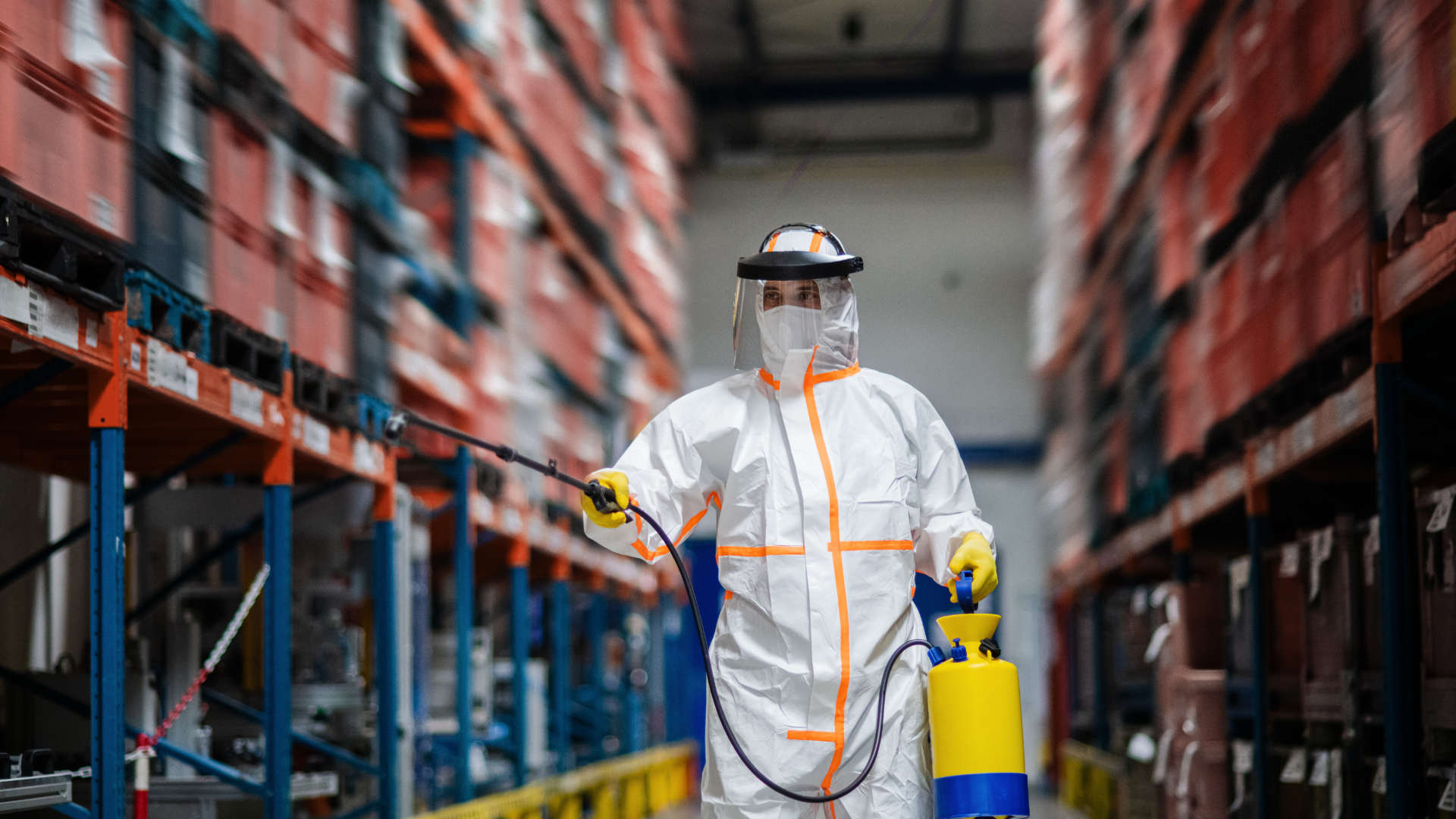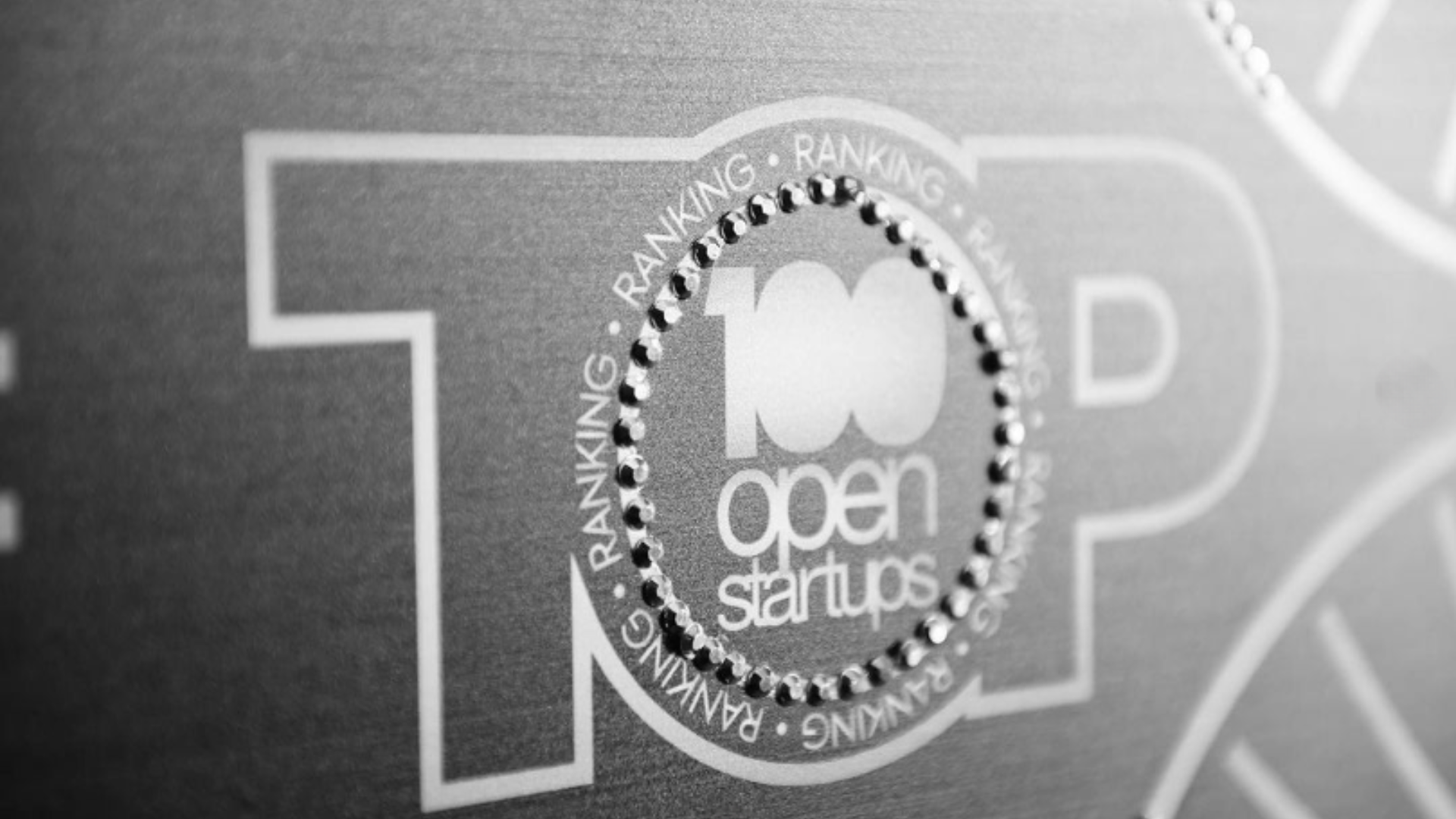O production system It is a set of diverse factors such as elements, people, machines and processes that together are responsible for producing a product or service.
They also concern the definition of the type of process used in the manufacture of products and services, with different characteristics of volume and variety.
As an industry grows, it is necessary that the production system be fit to serve you.
By extracting the maximum of its productive potential, even in the face of increasingly complex processes, it is possible to continue serving its customers with excellence and guaranteeing a satisfactory profit margin.
In this article we will look at some common production systems and how you can improve your production by putting them into practice.
>> Read also: What is Production Planning and Control and why is it necessary in the development of your business
Production system types
The first step to implement and improve your industry's production system is to identify which type of system is most suitable for your company.
In this way, you can better structure strategies and processes.
Let's get to know each of the systems. Are they:
continuous production system
The main feature of this production system is the production line in a continuous flow, that is, in this system the aim is to produce the greatest number of products in the shortest possible time, without interruptions or pauses. This process is also known as Fordism.
In this type of system, the detailed standardization of processes is fundamental for its good performance.
For companies that have a standardized and constant flow of products, the use of this system is indicated. That's why this is the most common type of production to be found in industries.
Intermittent production system
In this system, production is in batches, following the sales forecast demand or orders placed.
From this perspective, there is greater attention to losses occurring throughout the production process.
Regarding batch production, after finishing a product on the production line, another product will be produced on the same machines that produced the just finished product.
When production is made to order, the company will follow the production as requested by the customer.
An important point in this type of system is that, when a problem arises in a product or batch, it is not possible to restart the production process immediately. Therefore, what can be done is to change the tests and preparation of the machines, focusing on the attention of a new customer.
Therefore, the products that have already been produced must go to a segregation area where the probable problem will later be found.
Production for large projects
In this production system, the factory must meet the specific needs of its customers, that is, it is governed by customer demand.
This production system minimizes losses, as projects fill specific orders.
However, it demands a work done in a personalized and high level way, without standardization, therefore it has higher prices.
In this system, there may also be a need for interaction between several professionals, in order to direct all available resources to guarantee the delivery of the product within the established deadline. This makes management more complex.
Some examples of sectors that rely on this method are civil construction and the production of large vehicles.
How to implement a production system in your factory
The first step to implement your production system is to understand how it works, for this you can map the stages of your production.
After that you will need to follow some steps, namely:
- Set up your processes to meet the deadlines;
- Set goals and monitor the result of each production cycle;
- Define performance indicators for staff and machines;
- Train the team to adapt to the new system;
- Integrate the different areas of the company into an integrated management system;
- Automate what is possible to generate fast and reliable production data;
However, to ensure a smooth functioning of the production system, it is necessary to have a system for production planning and control.
This type of control can be acquired through specialized systems.
How to apply continuous improvement to your production system
Through Lean Manufacturing every productive system can be improved.
The goal of this thinking model is to eliminate any unnecessary cost and waste that the factory may be experiencing.
In this sense, the most common problems are:
- overproduction;
- waste in stock;
- underutilization of machines and labor.
To put it into practice, the ideal is to hire a Lean specialist, who can help your team put tools into practice such as:
- just in time
- kanban
- Six Sigma
- 5S
>> Read also: Lean Manufacturing: concept and principles
Important concepts for a production system
There are a few concepts that you will come across frequently when it comes to production systems. Are they:
Borders
This concept you can find as Frontiers or Production Possibility Curve (CPP). It is a tool that demographically illustrates the production capacity of a given product or company.
This feature can even be used to compare the performance of two different products.
Appetizer
This concept concerns transformed resources, such as materials, information and consumers, or the resources that act on them, such as employees, buildings, equipment and technology.
Performance
It refers to the transformation of resources or system inputs into other forms, be they products, services or by-products.
Departures
It is the result of the transformation process.
Feedback
This concept delivers a systematic view. It is the methodology that visually identifies the cause and effect relationships of a company's processes.
>> Read also: Production Quality Control
How to automate my company's production system?
Regarding methods, Lean Manufacturing is the right thought to adopt for the development of production systems, as it helps you to avoid waste in the process stages.
When it comes to systems, the BMS Manufacturing 360 it is the best way to improve production and reduce costs.
It offers you controlled and automated processes, cross-platform access and increased efficiency on the production line. In addition to reducing 95% of waste and providing an analytical dashboard.
Follow our blog for more content like this!

















